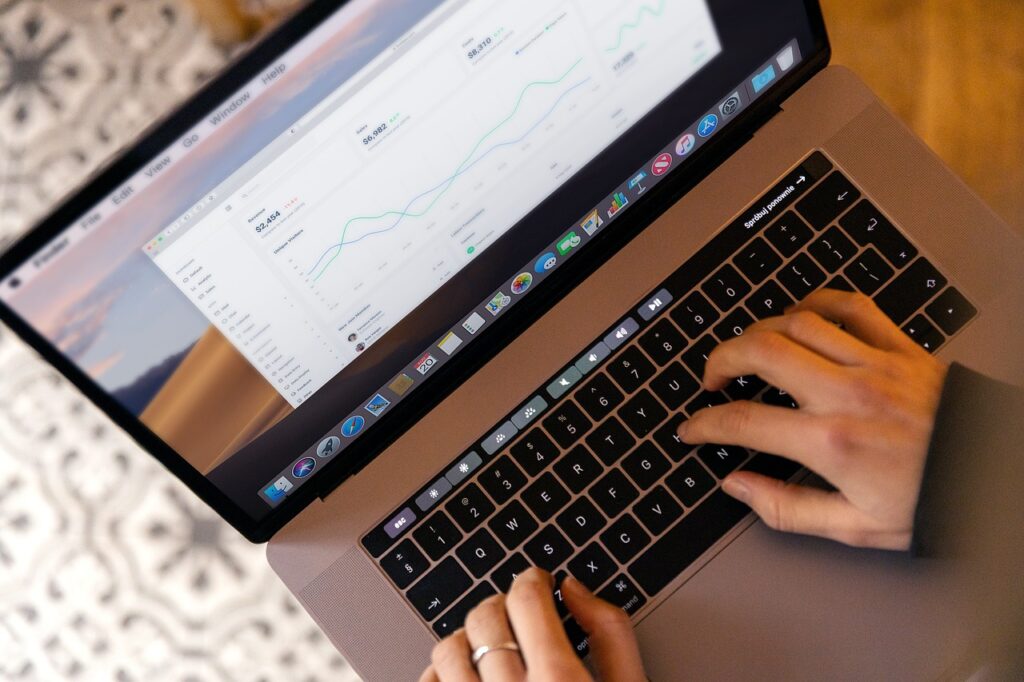Freelancing is no longer just a buzzword—it’s a legitimate career path offering financial freedom, flexibility, and the chance to pursue your passions. But what if you have no experience? Is it still possible to start freelancing in 2025? The answer is a resounding yes! Thanks to innovative platforms and AI-powered tools, freelancing has become accessible to everyone, regardless of prior experience.
This guide will walk you through the step-by-step process of starting your freelancing journey from scratch in 2025. Let’s dive in!

Step 1: Identify Your Skills and Interests
Starting freelancing without prior experience doesn’t mean you lack talent—it simply means discovering your hidden abilities. Here’s how you can start:
- Assess Your Interests: What excites or inspires you? Writing, graphic design, coding, social media, or even virtual assistance can all be great starting points.
- Start Small: Think about skills you’ve used in your daily life—like organizing schedules, creating presentations, or editing photos. You can turn these into paid services.
- Learn on the Go: AI tools like Coursera AI or LinkedIn Learning AI recommend tailored courses to quickly learn in-demand skills.
Remember, the freelancing world welcomes individuals who are willing to learn and grow.
Step 2: Pick a High-Demand Niche
Choosing the right niche is essential for standing out in the freelancing market. Research popular niches in demand for 2025, such as:
- Content writing and editing
- Social media management
- Web development and design
- Virtual assistance
- Data analysis and visualization
Tools like Google Trends or AnswerThePublic can help identify current trends and high-demand niches. Once you choose a niche, focus on building expertise in that area.
Step 3: Build a Portfolio (Even Without Experience)
Clients need proof of your abilities, but how do you showcase your skills without prior experience? Here’s how:
- Create Sample Work: Use AI tools like Canva AI to design logos, flyers, or presentations. If you’re a writer, craft a few blog posts or articles using tools like Grammarly and ChatGPT.
- Volunteer or Intern: Offer your services for free or at a discounted rate to small businesses, non-profits, or friends. This will give you valuable testimonials and portfolio material.
- Highlight Transferable Skills: If you have experience in a different field, identify skills that are transferable to freelancing, such as communication, time management, or creativity.
Your portfolio doesn’t need to be extensive—it just needs to reflect your potential.
Step 4: Set Up Your Freelance Profiles
In 2025, freelancing platforms are more advanced and competitive than ever. Create profiles on popular platforms like Upwork, Fiverr, and Toptal AI. Here’s how to optimize your profiles:
- Professional Headline: Use keywords that reflect your niche and skills.
- Compelling Bio: Write about your strengths, interests, and commitment to delivering quality work.
- Showcase Your Portfolio: Upload sample work and testimonials, if available.
- Set Competitive Rates: Start with beginner-friendly rates but don’t undervalue your services.
Your freelance profile is your online shopfront—make it polished and professional.
Step 5: Leverage AI Tools to Boost Productivity
AI-powered tools are a game-changer for freelancers, especially beginners. Here are a few must-have tools:
- Notion AI: Organize tasks, deadlines, and projects efficiently.
- Clockify AI: Track your work hours and improve time management.
- Canva AI: Design visuals like a pro, even without graphic design experience.
- Otter.ai: Automatically transcribe meetings and take notes during calls.
Automation not only saves time but also enhances the quality of your work.
Step 6: Network and Find Clients
Finding clients is the lifeblood of freelancing. Start by reaching out to your network—friends, family, or former colleagues who might need your services. Additionally:
- Social Media Presence: Promote your services on platforms like LinkedIn, Instagram, or Twitter.
- Join Freelancing Communities: Engage with online forums, groups, or Slack channels dedicated to freelancers.
- Job Matching Platforms: Use AI-driven platforms like Upwork AI and WriterAccess+AI to find gigs tailored to your skills.
Consistency is key. Keep pitching your services until you build a steady client base.
Step 7: Hone Your Skills and Upsell Services
The freelancing world is competitive, and staying relevant means constantly improving your skills. Upskill regularly by enrolling in courses or workshops using platforms like Udemy AI Recommendations. Once you establish yourself, consider upselling your services to clients. For example:
- Writers can offer SEO services.
- Designers can provide branding packages.
- Developers can include website maintenance plans.
Offering value-added services ensures clients keep coming back.
Step 8: Stay Motivated and Embrace Growth
Freelancing without experience can be intimidating, but persistence pays off. Celebrate small wins, learn from challenges, and keep moving forward. Tools like Headspace AI can help manage stress and maintain focus.
Remember, freelancing is not just about earning money—it’s about building a sustainable career, finding fulfillment, and embracing the freedom to create your path.
Conclusion: The Best Time to Start is Now
Starting freelancing with no experience in 2025 is entirely possible with determination, learning, and leveraging the right tools. By following this step-by-step guide, you can transform your dreams into reality and build a thriving freelance career.
So, take the first step today—identify your niche, create your portfolio, and dive into the world of freelancing. The opportunities are limitless!


Leave a Reply